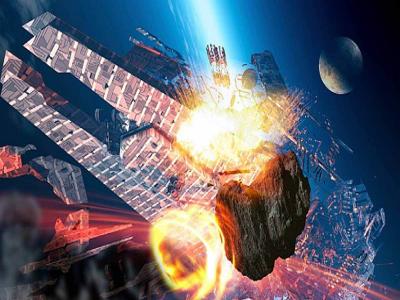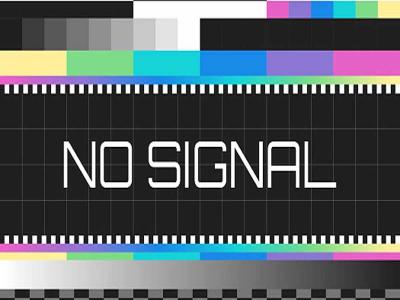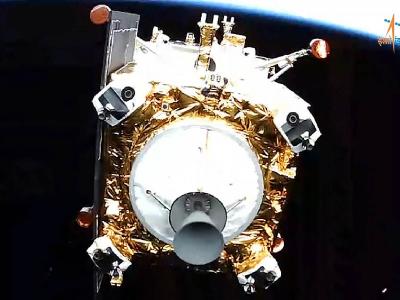What are the obstacles likely to be faced by Chandrayaan 3 to land on moon
By Lokmat English Desk | Published: July 19, 2023 06:25 PM2023-07-19T18:25:09+5:302023-07-19T18:25:09+5:30

Chandrayaan 3's third orbit maneuvering was successfully completed on 18 July 2023 afternoon. Earlier Chandrayaan was in an elliptical orbit of 222 x 41604 km. Now orbiting at 228 X 51400 KM. It is not as simple as it sounds.

Let us see the problems that Chandrayaan is facing, any satellite or spacecraft has to accelerate against gravity. Gravity stops him. A satellite must have a speed of at least 40,233 kilometers per hour to avoid Earth's gravity.

Subatomic particles travel at the speed of light in space outside the protective shell of the Earth's atmosphere and magnetic field. That is called radiation. When a particle hits a satellite, it breaks up. The particles emitted from it produce secondary radiation.

There is a lot of heat on the sun, fire is spreading there. Charged particles released from this can destroy satellites or spacecraft. Strong geomagnetic storms such as solar storms can damage satellite equipment or they can explode.

Space dust is also called cosmic dust. After hitting the spacecraft, they turn into plasma. This is due to over speeding and collisions this can also damage the spacecraft or it may stop working halfway through.

Collisions with any human satellites or meteorites or space rocks. The number of satellites orbiting the Earth has increased over the years. Especially the satellites that are now inactive, but are orbiting the Earth very fast in space. This has created a threat to Chandrayaan-3.

If a satellite or a spacecraft or our Chandrayaan-3 goes into a wrong orbit in any way, it takes a lot of time, capacity and energy to correct it. In doing so, the entire time table and cost of the mission is affected. Less fuel is available. In such a situation the mission ends early.

During such a long journey of Chandrayaan-3, the high speed, decreasing temperature, radiation can all affect the internal parts of the vehicle. Payload or equipment may be damaged. So they lose contact with the earth one or more parts may stop working.

As the Earth's atmosphere rises, the temperature alternately falls. Daytime temperatures can go above 100 degrees Celsius. Meanwhile, the night temperature drops below minus 100 degrees Celsius. If the body of Chandrayaan-3 or any other satellite cannot withstand such a temperature difference.























